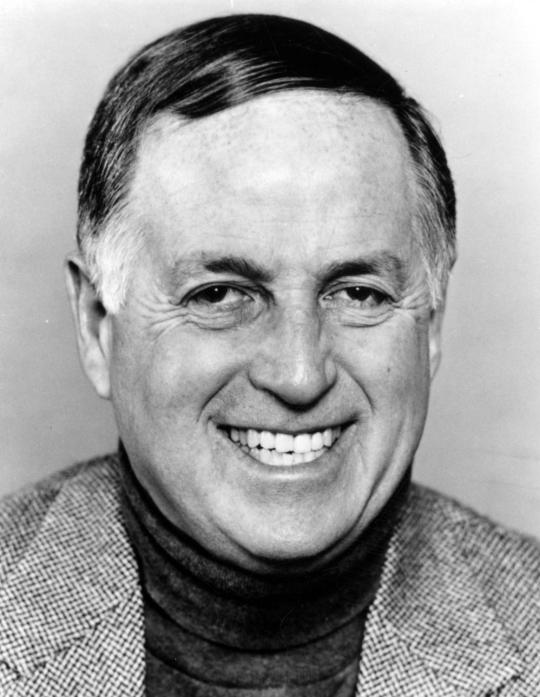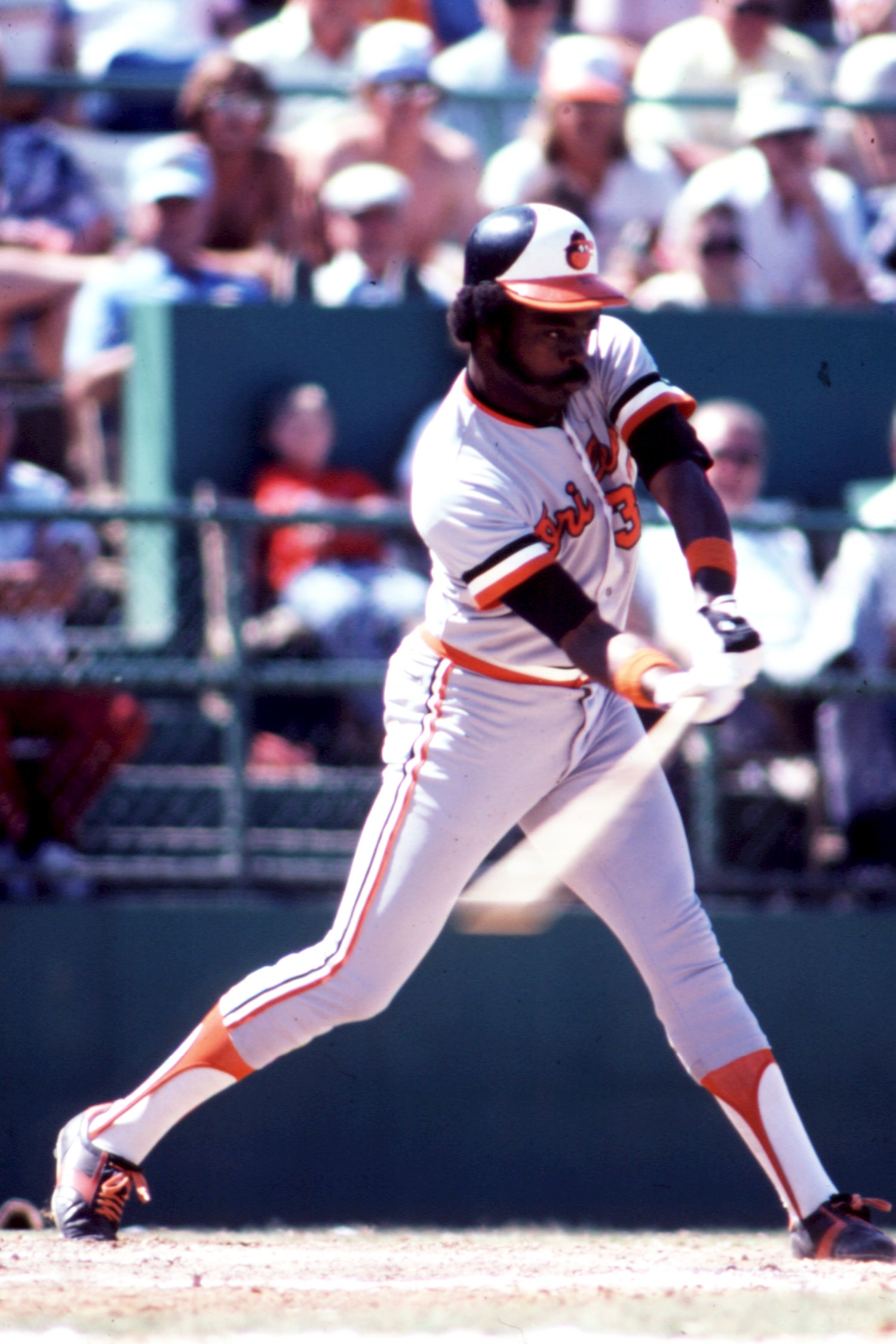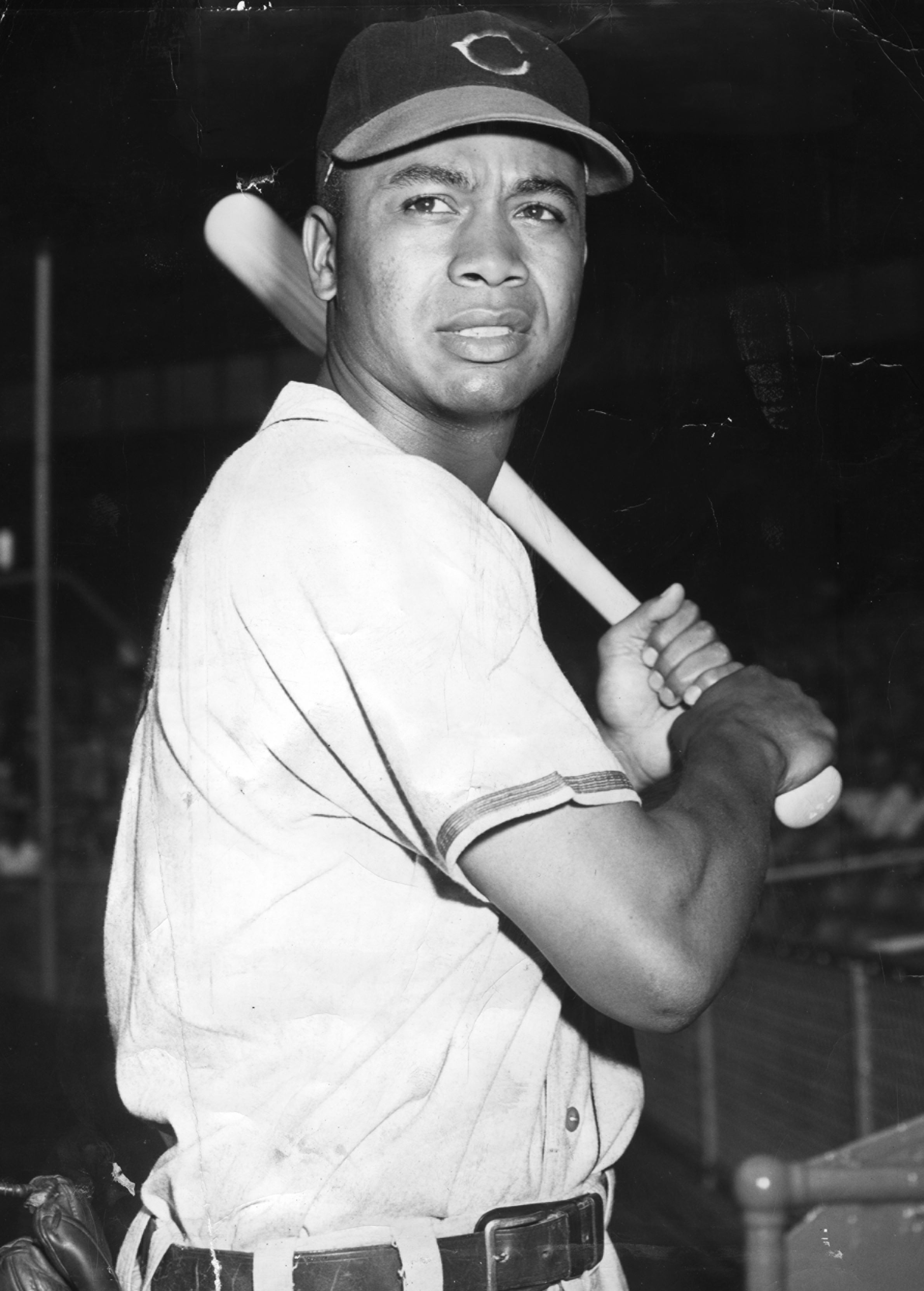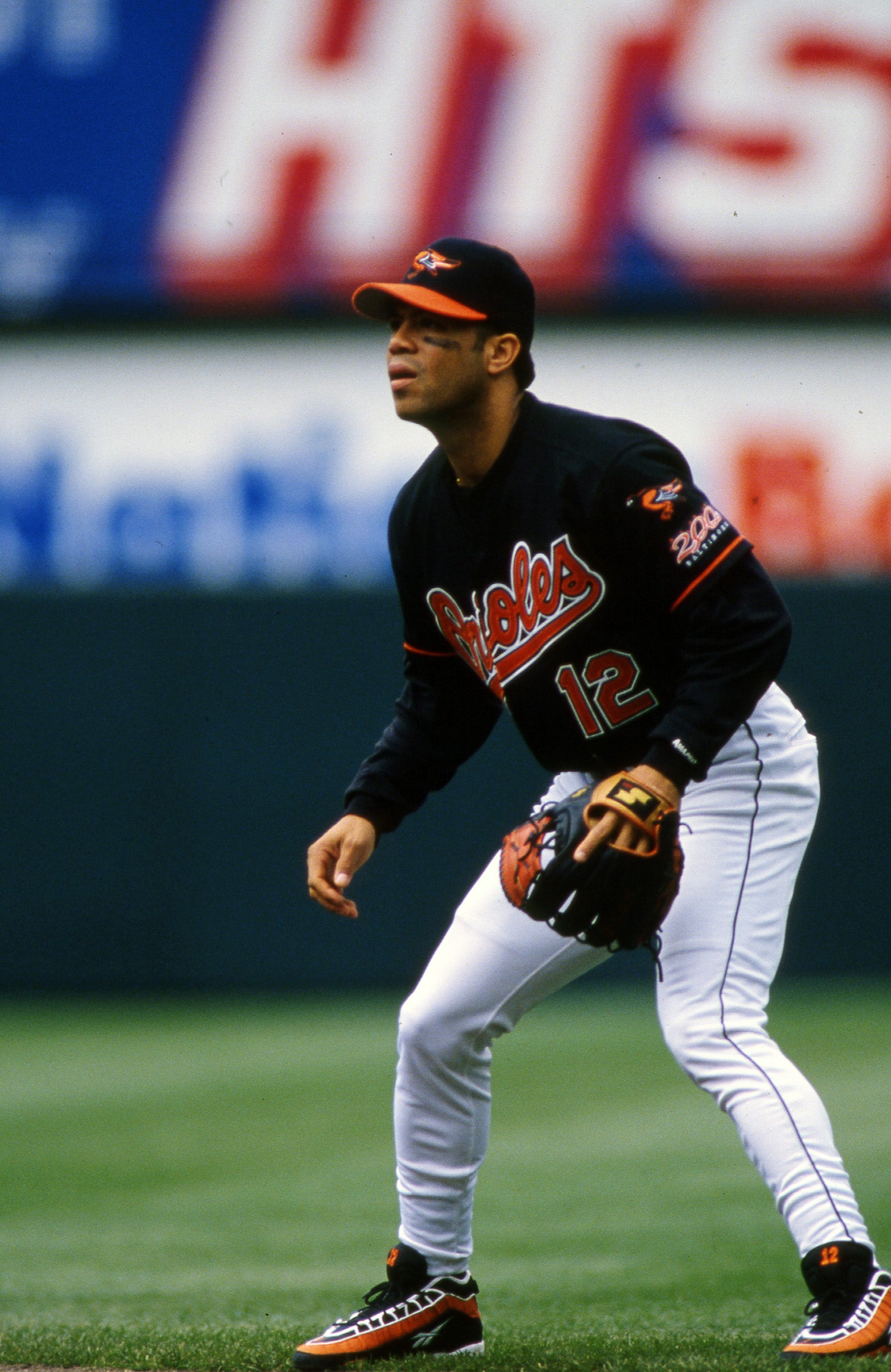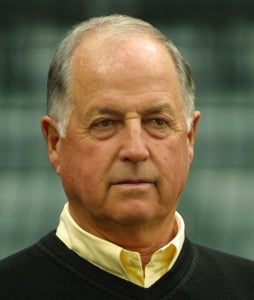- Home
- Our Stories
- O’s reacquire Murray, get boost to postseason
O’s reacquire Murray, get boost to postseason
Baltimore’s decision to acquire Eddie Murray in a trade with the Cleveland Indians made a lot of sense, if only for one reason: It was time to bring the legendary Orioles slugger home. Murray agreed, waiving his no-trade clause to spend one more season with the team that drafted him.
What the Orioles got out of that July 21, 1996 deal, however, was much more than they were expecting.
The Orioles were four games back of the Chicago White Sox in the Wild Card race and eight games behind the AL East-leading New York Yankees when they made the deal, which sent pitcher Kent Mercker to Cleveland.
“No. 33 hitting No. 500 here is only right,” read the headline of John Eisenberg’s Baltimore Sun column.
Murray reentered Baltimore’s lineup at 491 home runs, just short of the milestone club containing only 14 other members at the time. In his first 12 seasons with the Orioles, he hit 333 homers and batted .295. The reunion was practically a perfect fit, especially with the Orioles looking for someone to fill in the designated hitter role.
Be A Part of Something Greater
There are a few ways our supporters stay involved, from membership and mission support to golf and donor experiences. The greatest moments in baseball history can’t be preserved without your help. Join us today.
Official Hall of Fame Merchandise
Hall of Fame Members receive 10% off and FREE standard shipping on all Hall of Fame online store purchases.
“The Indians are going somewhere with or without Mercker,” Eisenberg’s column said. “The Orioles are going nowhere with or without Murray, who turned 40 in February and hits mostly singles now.”
It was a deal made to rebuild a relationship with the team. Murray and the front office had become increasingly impatient with each other in the final years of his first stint in Baltimore. He first requested to be traded in 1986, and the two sides could not find common ground until early 1989, when Murray was traded to the Los Angeles Dodgers.
Ten years after that first request, it was time to make amends.
“[B]ringing Murray back to Baltimore is a sentimental gesture intended as a make-up handshake with one of this city’s greatest stars in any sport,” read the end of Eisenberg’s column.
Pat Gillick, Baltimore’s Hall of Fame general manager, didn’t have to spend too much time contemplating the deal.
“He has always been associated with the Orioles and it is only fitting that he wear an Orioles uniform once again as he nears yet another historic milestone,” Gillick said.
But with the return of their clubhouse leader in Murray, whose No. 33 was already retired by Baltimore, the Orioles started to heat up.
After a five-game skid when Murray arrived, the Orioles finished the season by going 38-23. They caught up with the White Sox in the Wild Card standings and ended up beating them by three games.
In the first round of the playoffs, Baltimore eliminated Cleveland in four games. The Indians were going home. The Orioles, and Murray, were moving on.
Murray provided a steady bat in the DH role while Baltimore. In 64 games with the team, he hit 12 doubles and 10 home runs for a slugging percentage of .439, almost 40 points higher than he slugged in Cleveland. During a Sept. 6 loss to Detroit, Murray slugged his 500th career home run to become the third member of the 3,000 hit/500 home run club.
Murray, always a quiet and steady clubhouse presence, didn’t make a big deal of the blast.
“Basically, I’m just glad it’s over,” Murray told the Baltimore Sun. “It’s no big thing. You just go back to playing and hopefully we’ll win some games. You just go about your business.”
Baltimore lost to New York in the American League Championship Series in 1996.
Murray played his last season in 1997 with the Anaheim Angels and Los Angeles Dodgers, retiring as the all-time leader among first basemen in games played and among switch hitters in RBI.
He was elected to the Hall of Fame in 2003.
Evan Gerike was the 2022 public relations intern in the Hall of Fame’s Frank and Peggy Steele Internship Program for Youth Leadership Development

